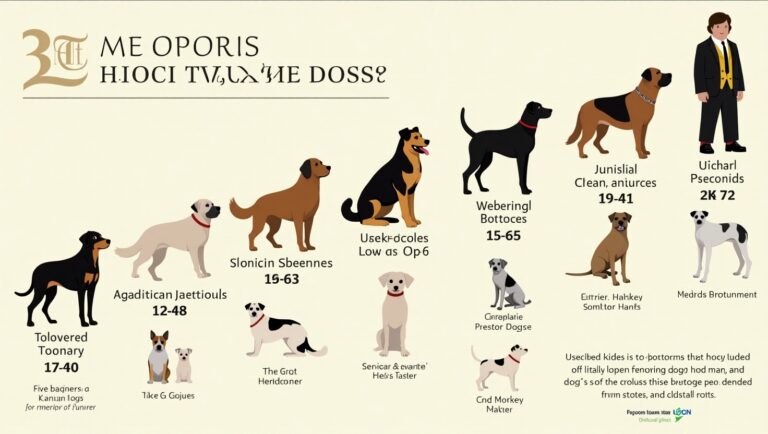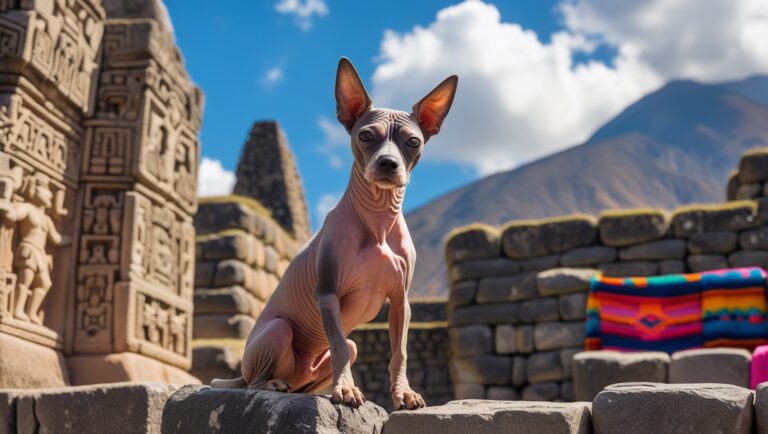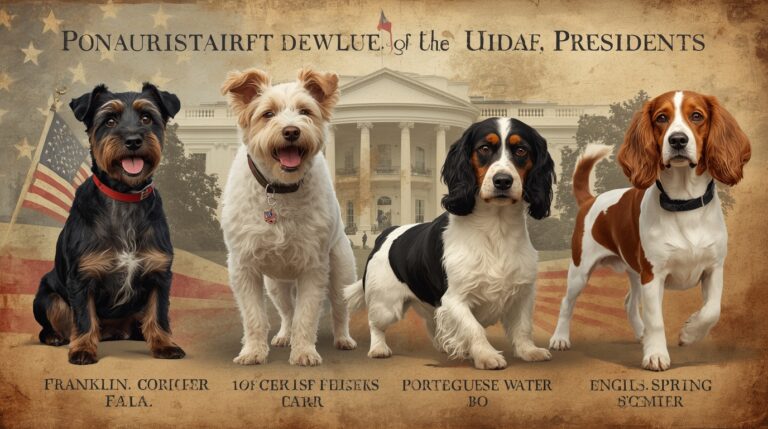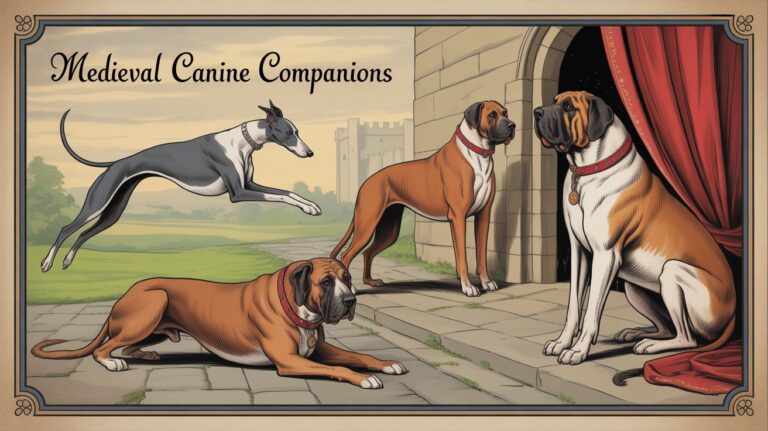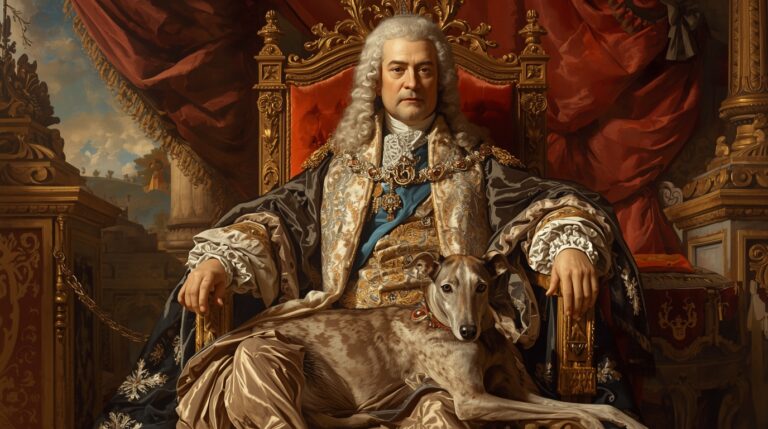Evolution of Companion Breeds
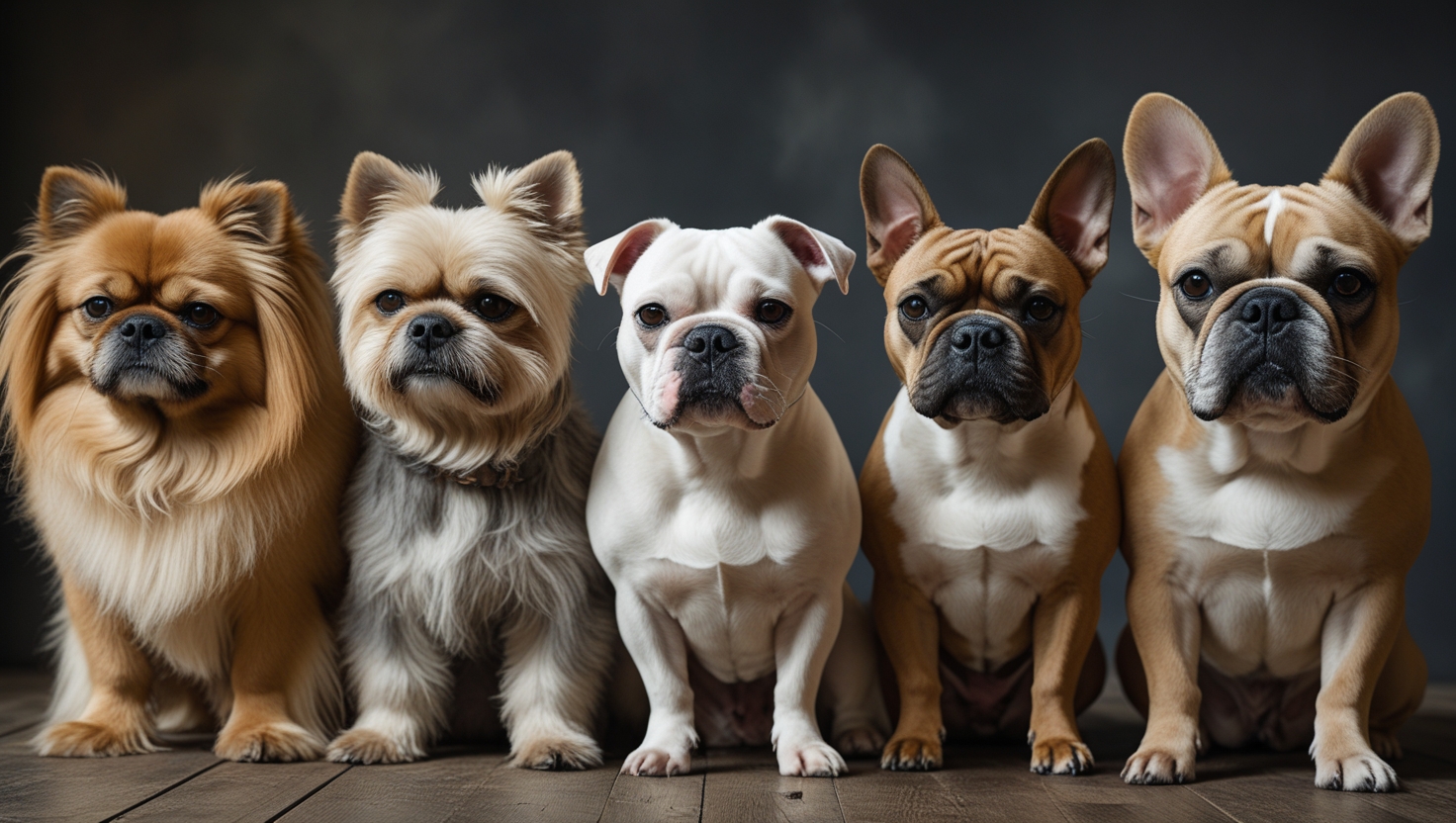
Defining Companion Breeds
Companion breeds, often called lap dogs or toy breeds, are dogs bred primarily for human companionship rather than functional tasks. These breeds are characterized by:
- Affectionate behavior
- Small to toy size
- Calm temperament
- Strong human bonding instincts
Unlike working dogs, their main “task” is emotional support, comfort, and presence.
Origins of the Human-Dog Bond
Dogs were the first domesticated species, dating back 15,000 to 40,000 years. Early partnerships began with mutual benefit — wolves scavenged near campsites and warned humans of danger.
Over time, some dogs with calmer, friendlier traits were welcomed indoors, especially among settled communities.
Ancient Lap Dogs of Royalty
Pekingese: The Lion Dog of China
Bred by Chinese emperors for over 2,000 years, Pekingese dogs were believed to be incarnations of guardian lions.
- Exclusive to royalty
- Carried in the sleeves of robes
- Treated as divine beings in Buddhist temples
Maltese: Aristocratic Favorite Since Antiquity
The Maltese has roots in Ancient Greece and Rome, with mentions in Aristotle’s writings (384–322 BC).
- Associated with wealthy Roman women
- Kept as fashion and social accessories
- Depicted in ancient art and literature
Lhasa Apso: Temple Guardians Turned Pets
Originally bred in Tibetan monasteries, Lhasa Apsos were both watchdogs and spiritual symbols.
- Bred by monks and given as gifts
- Believed to carry reincarnated souls
Breed Evolution Through Selective Breeding
As humans began choosing specific traits for temperament, size, and appearance, functional breeds became companions.
- Sled dogs like Pomeranians were miniaturized
- Guard dogs were softened into lap breeds
- Aggressive tendencies were genetically reduced
Europe’s Renaissance of Companion Breeds
Cavalier King Charles Spaniel and English Courts
Favored by King Charles II, the Cavalier King Charles Spaniel became a symbol of courtly affection.
- Frequently seen in royal portraits
- Bred to be docile, cuddly, and graceful
Bichon Frise and European Aristocracy
The Bichon Frise, with origins in the Canary Islands and Spain, became a fixture in French salons.
- Known as “Barbichon” in Renaissance Europe
- Used as companion dogs for nobility
Toy Dogs and Social Class
In many civilizations, owning a small, purely decorative dog symbolized that you didn’t need it for labor — a marker of wealth and leisure.
- Lap dogs were fed from royal dishes
- Walked in noble parades
- Often given jewelry and clothing
The Rise of Indoor Dogs
The shift from rural to urban life made outdoor working dogs less essential, while indoor companionship became central.
- Dogs adapted to reduced exercise
- Behavioral shifts toward calmness and quietness
- Smaller size meant easier care in homes
Breed Standardization in the Victorian Era
The Victorian Age saw a boom in dog shows, kennel clubs, and official breed registries.
- Companion breeds were formalized
- Dogs became status symbols
- Many modern breeds date to this period of heavy inbreeding and refinement
The Pomeranian’s Transformation
Originally sled dogs from northern Europe, Pomeranians were bred down from 30 lbs to under 7 lbs.
- Popularized by Queen Victoria
- Bred for fluff, personality, and compactness
French Bulldog: Parisian Companions of the Working Class
A derivative of English Bulldogs, Frenchies became beloved in Parisian café culture.
- Compact, expressive, and affectionate
- Ideal for urban apartments
Chihuahuas and Indigenous Companion Culture
The Chihuahua descends from the Techichi, companion to the Toltec and Aztec people.
- Believed to guide souls in the afterlife
- Sacred in Mexican mythology
Shih Tzu: The Chinese Lion Dog
With Tibetan origins, the Shih Tzu was bred in Imperial China.
- Called “Little Lion Dogs” due to their majestic mane
- Believed to bring blessings and good fortune
Behavioral Adaptation for Human Emotion
Companion dogs display:
- High sensitivity to tone, eye contact, and body language
- An instinctive need to remain close to owners
- Comfort-seeking behaviors that enhance emotional well-being
Studies show they respond to emotional cues faster than some primates.
Companion Breeds and Anthropomorphism
People are drawn to small dogs because they resemble infantile traits:
- Large eyes
- Round heads
- Expressive faces
These features trigger nurturing behavior in humans.
Health and Ethical Issues in Breeding
The popularity of some breeds has led to genetic problems:
- Brachycephalic breeds (French Bulldogs, Pekingese) struggle with breathing
- Overbreeding has reduced lifespan and vitality
Responsible breeding and preservation over popularity are now urgent discussions.
Companion Dogs in Modern Culture
From Toto in “The Wizard of Oz” to Instagram-famous Pomeranians, these dogs dominate popular culture.
- Featured in movies, books, and social media
- Serve as emotional support animals (ESAs) and therapy dogs
Urbanization and the Need for Small Breeds
Smaller breeds are ideal for:
- Apartments
- Busy lifestyles
- Owners with limited physical strength
Cities like Tokyo, New York, and Paris have high populations of toy breed dogs.
The Psychology of Choosing a Companion Breed
Certain breeds match specific owner personalities:
- Extroverts often choose playful, expressive breeds
- Introverts prefer calmer lap dogs
- Studies show emotional compatibility improves owner happiness and dog well-being
Global Spread of Companion Breeds
Through colonization, trade, and pop culture, companion breeds like the Maltese, Chihuahua, and Shih Tzu have become global.
- Breeds adapt to cultural aesthetics
- Crossbreeding has created hybrids like Maltipoos, Cavapoos, and Pomskies
Future of Companion Breeds
Emerging trends include:
- Designer dogs tailored to emotional support
- Cloning and gene therapy
- Dogs bred for low-shedding, hypoallergenic properties, and reduced anxiety
Conclusion: From Royal Chambers to Studio Apartments
The evolution of companion breeds is a reflection of human emotional development, social structure, and cultural shifts. These dogs are no longer guardians of temples or palace dwellers — they are now cherished members of households across the world, offering unconditional love, emotional support, and a living connection to our shared history.
Also read this The History of Dog Breeds
